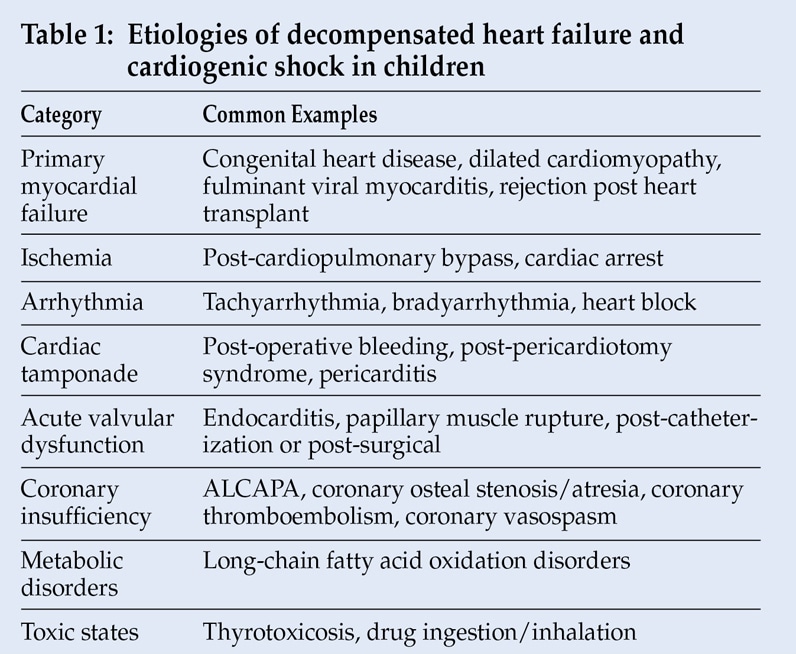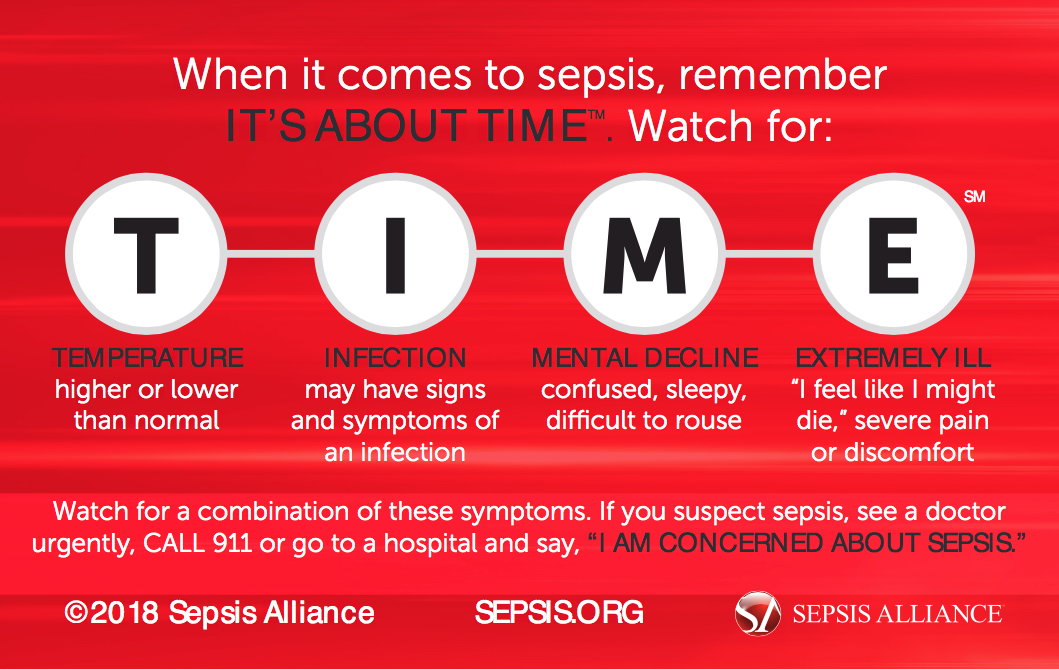

Further studies are required to assess how current systems of care can be optimized to improve outcomes. It disproportionately affected men, older patients, patients in regional areas, and those with social disadvantage. In multivariable analyses, increased age (all etiologies: hazard ratio, 1.04 95% CI, 1.03-1.04), female sex (cardiogenic shock: HR, 1.26 95% CI, 1.12-1.42), increased initial heart rate (all etiologies: 1.01 95% CI, 1.00-1.01), prehospital intubation (all etiologies: HR, 3.93 95% CI, 3.48-4.44), and preexisting comorbidities (eg, chronic kidney disease, all etiologies: HR, 1.25 95% CI, 1.10-1.42) were independently associated with 30-day mortality, while higher socioeconomic status (all etiologies: HR, 0.96 95% CI, 0.94-0.98) and increased initial systolic blood pressure (all etiologies: HR, 0.99 95% CI, 0.99-0.99) were associated with lower risk.Ĭonclusions and Relevance This population-level cohort study found that EMS-treated nontraumatic shock was a common condition, with a high risk of morbidity and mortality regardless of etiology. Nearly one-third of patients (4158 ) were deceased at 30 days. Patients with hospital outcome data were stratified into shock etiologies 3615 (28.5%) had cardiogenic shock: 3998 (31.5%), septic shock 1457 (11.5%), hypovolemic shock and 3625 (28.6%), other causes of shock. An increased incidence was observed in men (79 per 100 000 person-years), older patients (eg, aged 70-79 years: 177 per 100 000 person-years), regional locations (outer regional or remote: 100 per 100 000 person-years), and in areas with increased socioeconomic disadvantage (lowest socioeconomic status quintile: 92 per 100 000 person-years). The overall population-wide incidence of EMS-treated prehospital shock was 76 (95% CI, 75-77) per 100 000 person-years. Results A total of 12 695 patients were successfully linked, with a mean (SD) age of 65.7 (19.1) years 6411 (50.5%) were men. Secondary outcomes included length of hospital stay, emergency department discharge disposition, rates of coronary angiography and revascularization procedures, and the use of mechanical circulatory support. Main Outcomes and Measures The primary outcome was 30-day mortality.

During the study period there were 2 485 311 cases attended by EMS, of which 16 827 met the study’s inclusion criteria for shock.

Data were obtained from individually linked ambulance, hospital, and state death index data sets. Objective To assess the incidence, etiology, and clinical outcomes of patients treated by emergency medical services (EMS) with nontraumatic shock using a large population-based sample.ĭesign, Setting, and Participants This population-based cohort study included consecutive adult patients with shock not related to trauma who received care by EMS between January 1, 2015, and June 30, 2019, in Victoria, Australia. There is a paucity of data assessing its incidence, etiology, and clinical outcomes. Importance Nontraumatic shock is a challenging clinical condition, presenting urgent and unique demands in the prehospital setting. Shared Decision Making and Communication.Scientific Discovery and the Future of Medicine.Health Care Economics, Insurance, Payment.Clinical Implications of Basic Neuroscience.Challenges in Clinical Electrocardiography.


 0 kommentar(er)
0 kommentar(er)
